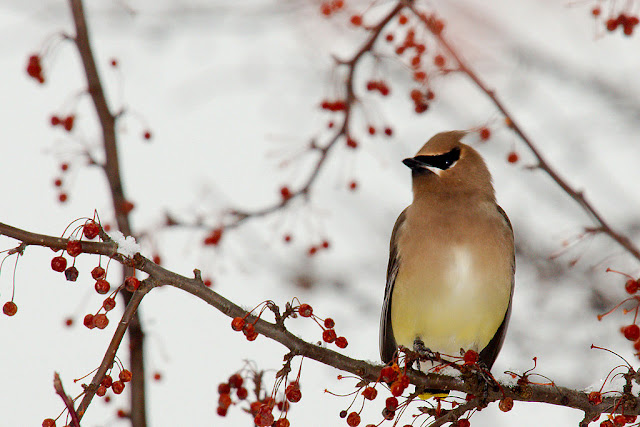New Years 2024

Wow, what a year we had in 2023! I got a new hip in January and recovered more quickly than I had hoped (but unsurprisingly, it felt slower while I was doing physical therapy and healing!). It’s fantastic, now in the new year, to hike pain-free, though I may always be a 4-5 mile hiker and not a marathoner! I’ve loved getting back to swimming 2 or 3 times a week, weightlifting, dog walks and birding around Alameda and in the Regional Parks, and occasional longer hikes with friends. I’m so thankful for good health!! I’ve been busy all year with my birdy-volunteer work on the board of the newly named Golden Gate Bird Alliance (formerly Audubon) and co-chairing the related conservation group, Friends of the Alameda Wildlife Reserve. I co-led the Bird Alliance’s major fundraising effort, Birdathon, last year and am doing it again this year. Let me know if you’d like to financially support this important organization. One of our great joys was the drama of a nesting pair of Bald Eagle...




